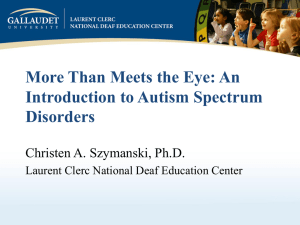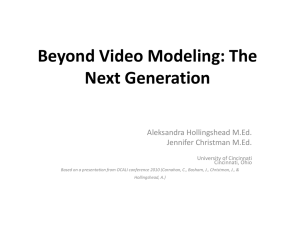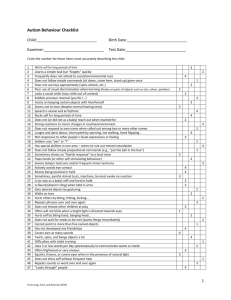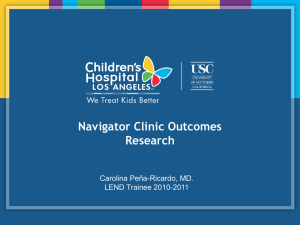Powerpoint - Ilan Dinstein
advertisement
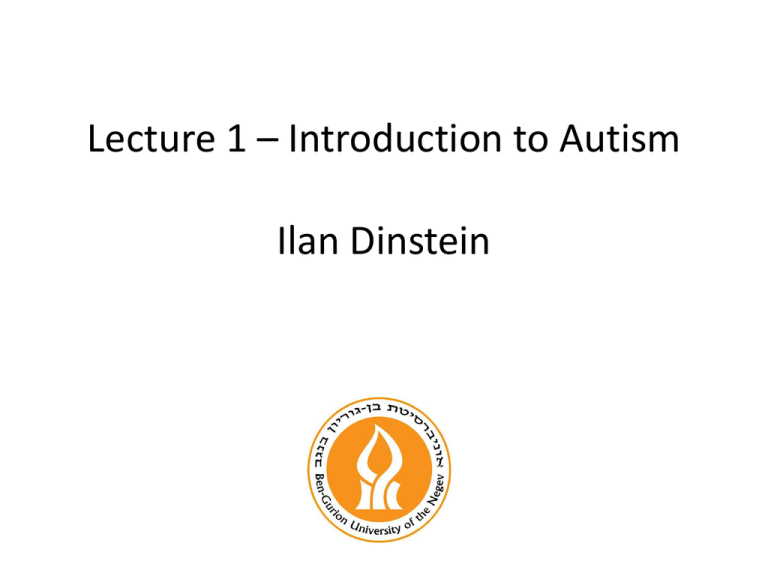
Lecture 1 – Introduction to Autism Ilan Dinstein History of Autism In the past autism was often diagnosed as schizophrenia and individuals were placed in psychiatric asylums. 1943: Dr. Leo Kaner describes 11 cases of autism and promotes the “refrigerator mother” theory. 1944: Dr. Hans Asperger describes Asperger’s syndrome. 1964: First discussions of autism as a biological disorder 1977: First study showing that autism has a genetic component. 1980s: First structured therapy (Applied Behavioral Analysis). 1990s: ADOS and ADI standardized diagnostic tests are published. 2000s: Large scale biological research into autism begins. History of Autism 1998: Vaccine panic after an article claims a causal relationship between vaccines and the development of autism. 2000: Previously eliminated Rubella, Mumps, and Measles diseases resurface in Europe and the US. Several children die and others are left handicapped. 2010: The original article is retracted and the physician who authored it loses his medical license. Current clinical definition – DSM IV TR Language delay and dysfunction Social difficulties Repetitive behaviors and confined interests Autism – all three Asperger – no language delay PDD NOS – mild symptoms Upcoming definition – DSM V Language delay and dysfunction Social and communication difficulties Repetitive behaviors and confined interests Sensory abnormalities Mild, moderate, and severe autism Asperger – no language delay PDD NOS – mild symptoms Future definitions? Autism usually means a lot more… 1. 25-70% have low IQ (<70). 2. 20-30% have clinical epilepsy. 3. Over 90% have sensory hypo and hyper sensitivities. 4. Motor clumsiness, balance, and gait problems. 5. Sleeping and digestive problems. 6. Differences in memory and learning. 7. Mood disorders Extreme heterogeneity “If you’ve met one person with autism, you’ve met one person with autism” Example #1 – Rainman (min 18) Example #2 – Carly Example #3 – Temple Grandin Common symptoms Eye contact Joint attention Abnormal affect Tantrums Lack of initiation No imitation Low responsiveness Obsession with order Difficulty with changes Avoid interactions Over-sensitivities Repetitiveness Tantrums “golden standard” behavioral tests ADOS Communication Social Stereotyped behaviors “golden standard” behavioral tests ADI Communication Social Stereotyped behaviors Prevalence The number of children diagnosed with ASD has been rising steadily. Developmental disorder Symptoms change throughout life Behavioral therapies Applied behavioral analysis (ABA) Floortime by Greenspan Actual therapy








